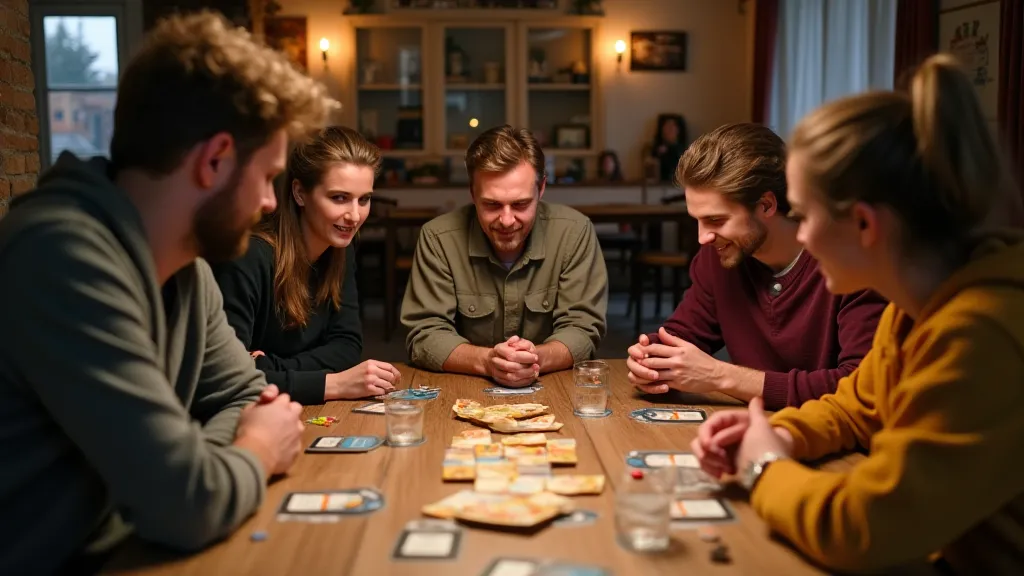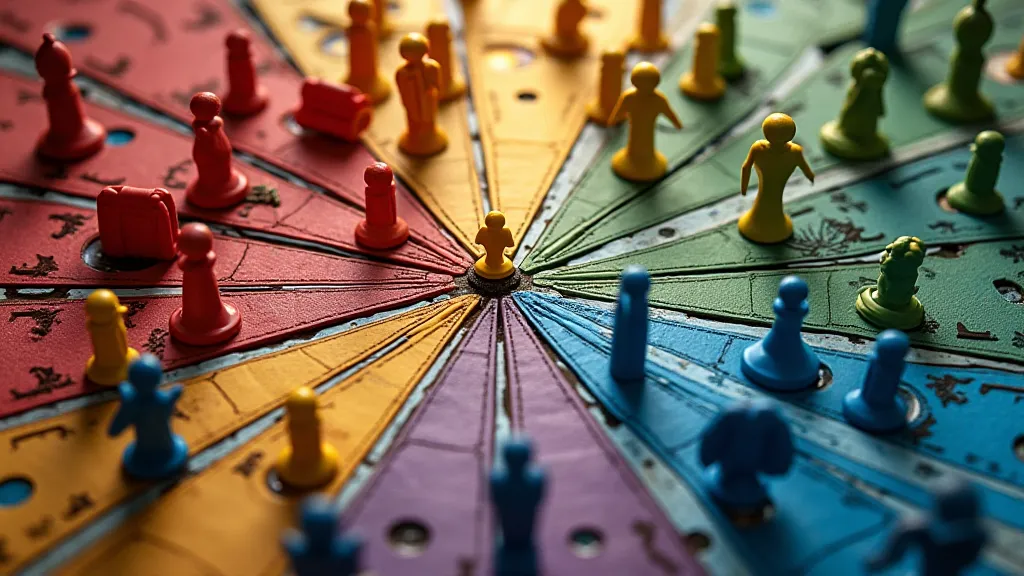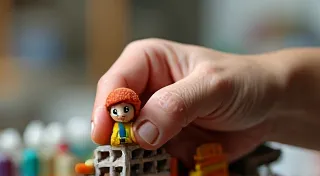The Evolution of Board Game Design: From Classics to Modern Innovations
The world of board games has exploded in recent years, but the games we love today stand on the shoulders of giants – or rather, decades of evolving design principles. From the simple elegance of early classics to the intricate, immersive experiences we enjoy now, the journey of board game design is a fascinating one. Let's trace that evolution, exploring how mechanics, aesthetics, and the very definition of a 'player experience' has transformed.
The Early Days: Simple Mechanics & Abstract Strategy
Early board games, like chess, backgammon, and Go, established the foundation for the hobby. These games prioritized abstract strategy, emphasizing calculation and planning. The focus was on mastery – becoming a skilled player required dedicated study. The rules were generally straightforward, with minimal theme or narrative underpinning the gameplay. Aesthetics were functional; a game board was a surface for pieces to move on. The brilliance of these games lay in their capacity to provide endless replayability through skillful play, a principle that designers still strive to emulate today.

The Rise of Theme: From Roll-and-Move to Storytelling
The 20th century brought gradual changes. Roll-and-move games like Monopoly and The Game of Life offered a veneer of thematic engagement, although their core mechanics remained largely random. While often criticized for their reliance on luck, these games undeniably broadened the appeal of board games to a wider audience. However, this period also saw the emergence of games striving for more meaningful thematic integration. Wargames, often incredibly complex and demanding, laid groundwork for incorporating historical context and strategic decision-making within a narrative framework. The sheer complexity of some wargames underscores the drive to create simulations of real-world scenarios, a design philosophy that has permeated other genres.
The Eurogame Revolution: Efficiency and Engine Building
The late 20th and early 21st centuries witnessed the rise of "Eurogames," originating primarily in Germany. Games like Settlers of Catan (now Catan) and Agricola prioritized player interaction and resource management. Worker placement, tile-laying, and engine-building mechanics became commonplace. These games often minimized direct conflict, favoring strategic efficiency and planning. The emphasis shifted from pure luck to skillful decision-making within a structured system. A core principle was the mitigation of luck – players were rewarded for careful planning and efficient resource allocation. Aesthetics also became more considered, moving away from purely functional designs to embrace a more visually appealing look – often featuring beautiful artwork and high-quality components. Many players find the challenge of optimizing their resources and outmaneuvering opponents intensely rewarding. The need for a stable and appropriate surface to play these increasingly complex games is a growing consideration for hobbyists, leading many to seek out a dedicated board game table.
American Design Embraces Narrative and Immersion
While Eurogames demonstrated the power of strategic depth, American board game design began to embrace narrative and immersive experiences. Games like Arkham Horror, Pandemic, and Tales of the Arabian Nights injected rich storytelling and player agency into the mix. These games often featured cooperative gameplay, where players work together to overcome challenges, fostering a shared sense of accomplishment. The cooperative nature of these games promotes teamwork and communication, which is a stark contrast to the often-competitive nature of other board game genres. The desire to collaborate with others to overcome challenges has led to the development of countless cooperative board games. For those eager to dive into the genre, exploring the top 10 cooperative board games is a great starting point.

Modern Innovations: Legacy Games and Beyond
The past decade has seen an explosion of innovation. Legacy games, like Pandemic Legacy and Gloomhaven, introduce permanent changes to the game state, creating a persistent and evolving campaign. These games offer a unique blend of storytelling and strategic gameplay, where player choices have lasting consequences. Semi-cooperative games offer nuanced player interaction, blurring the lines between collaboration and competition. The allure of these games stems from the element of unpredictability and the constantly evolving game experience. "Roll-and-write" games combine simple dice rolling with strategic placement on individual player sheets, offering a portable and accessible gaming experience. The rise of crowdfunding platforms like Kickstarter has enabled independent designers to bring truly unique and experimental ideas to life, pushing the boundaries of what a board game can be. The ability for players to customize and modify their games is also gaining traction within the community, allowing for personalized and unique experiences. Those wanting to learn how to truly personalize their favorite titles should consider exploring options for repainting and modifying their favorite board games.
The Future of Board Game Design
What does the future hold for board game design? We can anticipate continued experimentation with mechanics, deeper integration of narrative elements, and perhaps even greater use of augmented reality or digital components to enhance the player experience. The integration of technology is a key area of potential growth, although the core appeal of board games remains the tactile nature of the components and the social interaction they facilitate. Furthermore, we can expect a greater emphasis on accessibility, with designers creating games that cater to a wider range of skill levels and interests. The evolution of board games is intrinsically linked to technological advancements, and it's exciting to consider the possibilities that lie ahead. The focus on narrative depth, strategic complexity, and player agency will likely continue to be driving forces behind new game designs. The ongoing quest to create truly immersive and engaging experiences will undoubtedly shape the future of the hobby. Furthermore, the development of new materials and manufacturing techniques will allow for even greater attention to detail and quality in game components. One constant is certain: the evolution of board game design shows no sign of slowing down. The passion and creativity of designers will continue to push the boundaries of what a board game can be.






